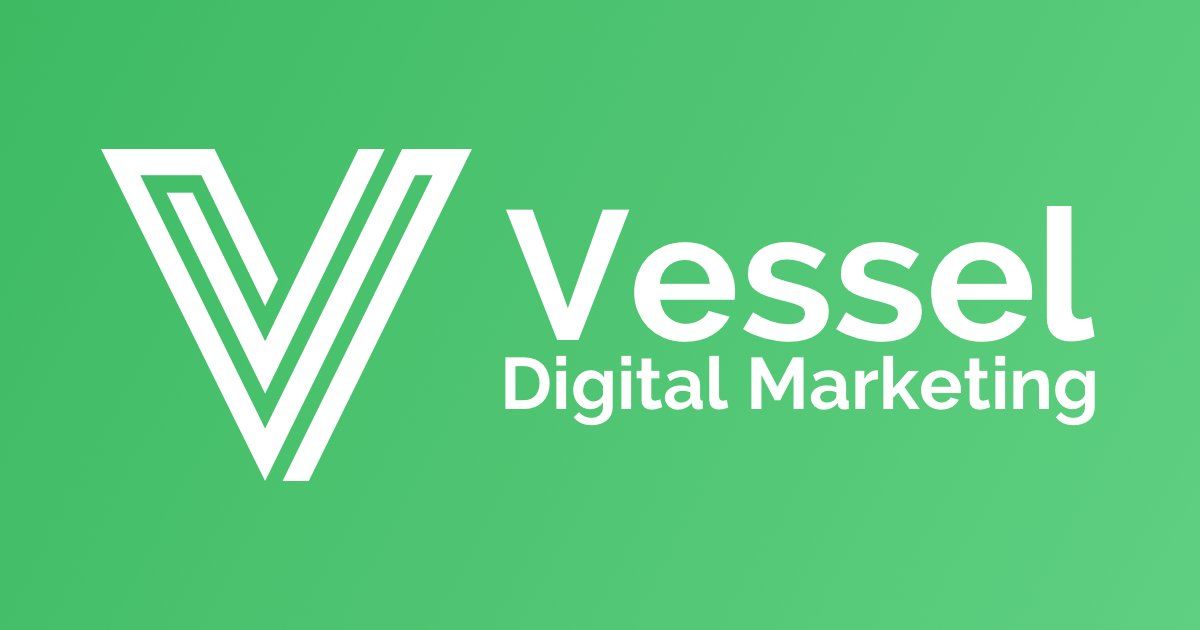How to capture your audiences attention
In today's digital age, mastering social media posting can significantly impact your online presence. While many struggle to capture attention amidst the noise, understanding the ins and outs of effective strategies sets you apart. This post dives deep into the art of social media posting, shedding light on techniques that elevate your content above the mundane. From timing to content quality, we explore how to make every post count, turning casual browsers into engaged followers. Stay ahead in the fast-paced world of social media by harnessing these insights to your advantage.
Key Takeaways
- To maximize your social media impact, tailor your content and posting schedule to each platform's unique audience and peak activity times.
- Experiment with different content types to discover what resonates best with your audience on each social media platform, leveraging the strengths of each (e.g., visuals on Instagram, professional content on LinkedIn).
- Choosing the right format for your posts (such as videos, images, or text) can significantly boost engagement and should align with both the platform norms and your audience's preferences.
- Understand that optimal posting times vary across platforms; use analytics tools to fine-tune your posting schedule for better visibility and engagement.
- Implement best practices for creating engaging posts, such as using clear calls-to-action, engaging visuals, and interactive elements like polls or questions to encourage user interaction.
- Regularly review your social media strategy's performance, adapting your approach based on analytics data to
continually refine your content and posting schedules for maximum engagement.
Find when your followers are online and make sure they see your posts.
Comparing Key Social Media Platforms
Audience Demographics
Facebook's user base skews older, making it a hub for family and friends to stay connected. Instagram, on the other hand, appeals to younger audiences who favor visual content. Twitter attracts individuals interested in news and real-time updates. LinkedIn serves professionals seeking networking opportunities. TikTok has become the go-to platform for Gen Z, offering short-form video content.
Instagram and Facebook boast large international followings, while LinkedIn's users often have higher incomes and education levels. Twitter’s audience is diverse but highly engaged in social issues and current events.
Content Focus
Each platform has a distinct content focus. Facebook excels in sharing personal updates and news articles. Instagram emphasizes high-quality photos and stories. Twitter is the king of concise updates and trending topics discussions. LinkedIn prioritizes professional content, including job postings and industry news. TikTok champions creative, often humorous videos that capture the younger demographic's attention.
User Engagement
User engagement patterns vary significantly across these platforms. Facebook users tend to visit multiple times daily, engaging through comments and shares. Instagram followers highly engage with visual content through likes and story views. Twitter sees frequent but brief interactions, with retweets and replies common among its users.
LinkedIn engagement is more formal, focusing on endorsements and professional conversations. TikTok users spend considerable time on the app but engage differently, often through video responses and challenges.
Optimal Posting Times on Each Platform
Instagram Peaks
For Instagram, engagement peaks mid-morning and late evenings. Specifically, posting at 11 AM on Wednesdays can capture a wide audience. Sundays show the lowest engagement rates, making them less ideal for posts aiming for high visibility.
The platform's algorithm favors content that gains immediate traction. Therefore, timing your posts when users are most active boosts your chances of appearing on their feeds.
Facebook Timing
Facebook users tend to engage more during weekdays, particularly between 1 PM and 3 PM. This is when people often take breaks or look for distractions. Early mornings and late nights see less activity, making these times less effective for posts seeking broad engagement.
Understanding your audience's habits can further refine these general guidelines. Pages targeting specific demographics might find different optimal times based on their audience's unique online behavior.
Twitter Dynamics
Twitter operates in real-time, making timeliness crucial. The best times to tweet are often during commute hours, especially between 8 AM and 9 AM on weekdays. Lunch breaks around 12 PM to 1 PM also see spikes in user activity.
Given its fast-paced nature, tweets have a shorter lifespan than posts on other platforms. Frequent posting can help maintain visibility without being bound by stricter timing constraints.
TikTok Discoverability
TikTok's algorithm significantly values user interaction within the first hour of posting. Peak times vary but generally fall into evening slots around 7 PM to 10 PM, regardless of the day.
Videos posted during these windows are more likely to be pushed to a wider audience through the "For You" page. Experimentation with different times can help identify what works best for your specific content and audience.
Content Types That Shine on Each Platform
Short-form Videos
Short-form videos have taken the internet by storm, especially on platforms like TikTok and Instagram Reels. These platforms are perfect for creators who want to grab attention quickly. Users love snappy, engaging content that tells a story in just a minute or less.
On the other hand, YouTube excels with long-form content. Here, viewers expect more in-depth exploration of topics. They're ready to invest more time watching videos that delve into subjects they care about.
Image-based Posts
Instagram and Pinterest dominate the visual space online. High-quality, captivating images are the heart of these platforms. They allow users to express creativity and find inspiration in everything from fashion to home decor.
Twitter and LinkedIn thrive on text-based updates. These platforms favor concise, impactful messages and professional insights. They're ideal for sparking discussions or sharing news briefs.
Interactive Content
Facebook has become a hub for interactive content like polls and quizzes. Such features engage users deeply, encouraging them to participate rather than just observe. This interactivity boosts user engagement significantly, making content more memorable and shareable.
Choosing the Right Format for Your Posts
Video Impact
Videos often capture attention more effectively than other formats. They can convey emotions and details that text or images alone cannot. On platforms like Facebook, videos automatically play as users scroll, making them a powerful tool for engagement. However, creating high-quality videos requires more effort and resources.
Platforms such as YouTube and TikTok are designed for video content, maximizing viewer engagement. Here, videos not only tell a story but also start conversations.
Image Clarity
Images provide a quick, visual impact. Instagram and Pinterest thrive on high-quality imagery, where the right picture can say more than a thousand words. For businesses, product photos or behind-the-scenes shots create a tangible connection with their audience.
However, reliance on images limits the depth of information you can share. It's crucial to pair images with concise text to enhance message clarity.
Textual Depth
Text posts offer detailed insights or opinions in a compact form. Twitter excels with this format through its short tweets that encourage direct communication and timely updates.
Longer text posts on platforms like LinkedIn allow for professional storytelling and thought leadership. Yet, without visual elements, text can struggle to stand out in crowded feeds.
Mixed Media Mastery
Combining formats can amplify your message’s reach and clarity. Instagram Stories and Twitter Threads leverage mixed media to engage audiences differently. These features enable narratives that unfold over time or through different content types.
Mixed media posts cater to diverse preferences, increasing the likelihood of user interaction across various demographics.
Mobile Optimization
Mobile optimization is non-negotiable due to the predominant use of social media on handheld devices. Videos should load quickly; images must be clear on smaller screens. Text formatting needs adjustment for easy mobile reading.
Content creators must ensure their posts are accessible and engaging regardless of device used by their audience.
Best Practices for Engaging Posts
Compelling Captions
Crafting compelling captions and headlines is crucial. They grab attention and drive engagement. Short, punchy captions often work best. They should evoke curiosity or offer value.
A headline that stands out can make the difference between a post that's overlooked and one that's widely shared. Think about what your audience finds interesting, funny, or useful.
Hashtag Use
Hashtags increase visibility and attract a relevant audience. On platforms like Instagram and Twitter, they are essential tools. Use them wisely.
Select hashtags that are specific to your content yet popular enough to be searched for. Mixing broad and niche hashtags can help reach both wide and targeted audiences.
Community Engagement
Engaging with comments and feedback fosters a community. It encourages repeat interactions. Respond promptly to comments to show your audience you value their input.
This interaction not only boosts post visibility but also builds loyalty among followers. A simple reply can go a long way in making followers feel seen and heard.
Summary
Navigating social media posting is no small feat, but armed with insights on the best platforms, times, content types, formats, and engagement strategies, you're well on your way to mastering the art. Each platform has its unique flavor and audience preferences, making it crucial to tailor your approach. Whether it's crafting the perfect tweet, designing an eye-catching Instagram post, or sharing engaging stories on Facebook, understanding these nuances can significantly boost your online presence. Remember, consistency and authenticity are key. By applying these best practices, you'll not only connect more effectively with your audience but also build a loyal community around your brand.
Now's the time to take action. Experiment with different types of content and posting schedules to see what resonates most with your followers. Keep track of the results and tweak your strategy accordingly. Social media is an ever-evolving landscape, and staying adaptable is the name of the game. Dive in, get creative, and watch your engagement soar. Ready to make waves in the digital world? Let's get posting!
Frequently Asked Questions
What are the best times to post on social media platforms?
The optimal posting times vary by platform; for example, Instagram users are most active during lunch hours and late evenings, while LinkedIn users engage more during work hours on weekdays.
How do I choose the right format for my social media posts?
Consider your message and audience. Visual content like images and videos perform well on Instagram and Facebook, while concise, text-based updates are more suited for Twitter. LinkedIn benefits from professional articles and company updates.
Which content types perform best on social media?
Engaging content that resonates with your audience's interests performs best. This includes how-to guides, tutorials, infographics, user-generated content, and interactive polls or quizzes tailored to each platform's unique user base.
What strategies can I use to create engaging posts?
To create engaging posts, use high-quality visuals, write compelling captions, ask questions to encourage comments, and include clear calls-to-action. Personalizing content to your audience’s preferences also boosts engagement.
How do I compare key social media platforms for my brand?
Evaluate each platform based on its user demographics, the type of content that performs well (e.g., videos vs. text), and how your target audience interacts with it. Consider where your potential customers are most active and tailor your strategy accordingly.
Why is choosing the right social media platform important?
Selecting the right platform ensures you reach your target audience effectively. Different platforms cater to different demographics and behaviors; aligning your choice with where your audience spends their time increases visibility and engagement with your content.
What are some best practices for posting on social media?
Best practices include understanding your audience, posting consistently but not excessively, using high-quality visuals, engaging directly with followers through comments or messages, tracking performance metrics to refine strategy, and staying updated on each platform's changing algorithms or features.
Enjoyed this article?
Here's a few more that may interest you.

Want to know more?
Set up a [free] consultation.
We will walk through your current website and discuss the vision for your new website, as well as any other digital marketing needs you may have.


